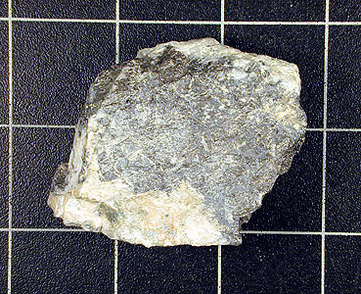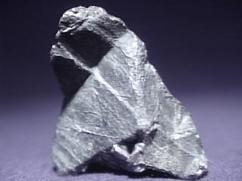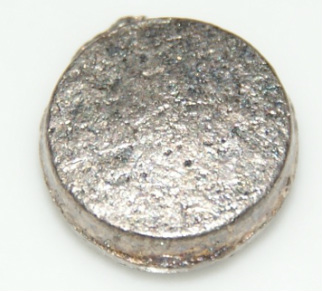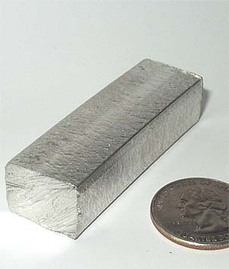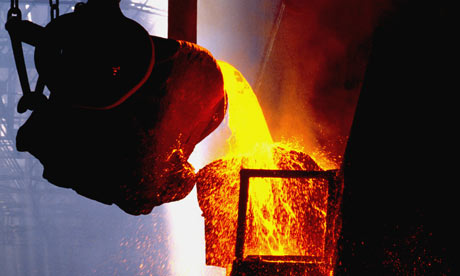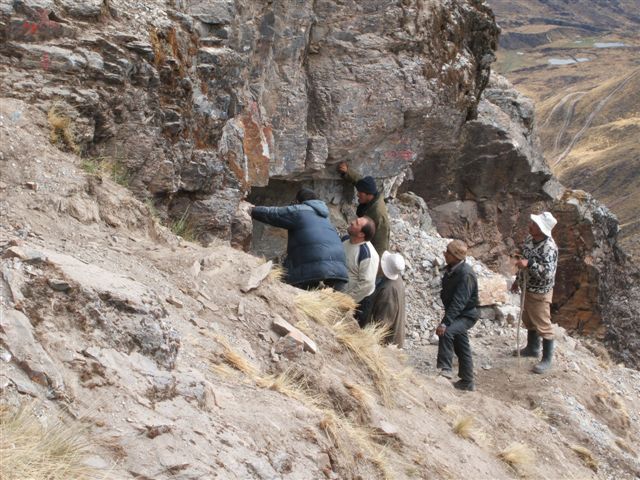Historical Information
This section is filled with information about Bismuth's beginnings and global impact, enjoy!
History
|
Bismuth has been known to humans since ancient times, but was only recently known as its own element. Many ancient civilizations often confused bismuth for silver, so there is no official discovery year of Bismuth. The first written reports of Bismuth as its own element began in the 1400s (All ancient civilizations referred to Bismuth as "Silver"). A mining town in Germany known as "Schneeberg" was centralized around their silver mines. There, written works were found of a possible mine just for Bismuth, although one can never know for sure. Then, in 1753, Claude Geoffroy the Younger made the statement that declared Bismuth as its own element (In France). Although previous people had considered the idea of Bismuth's independence, Claude was the first to outright recognize this fact. Claude was a French chemist and botanist. He was named "The Younger" because his father was also a prominent chemist. Not much is known about Claude, as he published very few scientific works. One of them though highlighted everything that was known about Bismuth up to that point. That book was used as a basis for the knowledge we have of Bismuth today. Sadly, Claude died the same year he made that statement at the young age of 24.
|
---------------------------------------------------------------------
Global Impact
|
Location- Bismuth is very rarely mined around the world and is usually produced as a byproduct of smelting other metals. The US produces Bismuth as a byproduct of its smelting of copper and lead. Bolivia is the largest producer of Bismuth through mining. Peru, Japan, Mexico, and Canada produce Bismuth through mining on a much smaller scale than Bolivia. Still, the overwhelming majority of the Bismuth produced worldwide is as a byproduct of other elements.
Mining/Extraction Methods- As mentioned above, Bismuth is mainly produced as a byproduct of copper and lead smelting. Bismuth is also found naturally in certain ores such as nickel, cobalt, silver, and tin. Bismuth can be extracted from those ores when they are smelted off. Finally, there is the old-fashioned mining method that is mainly used in Bolivia, but very seldom elsewhere. Environmental and Social Impact- Bismuth isn't toxic and is not considered as a threat to the environment, but one can never be sure. Some Bismuth compounds can be reactive and should be handled with care. We still do not know much about Bismuth's properties, which could prove to be dangerous. Of course, it shouldn't be ingested as it causes kidney damage and Long Term Sustainability of Mining- The sustainability of Bismuth mining is perfectly plausible. Considering the low rates in which we are mining the metal and the numerous ways to obtain Bismuth (Smelting, Mining), it is safe to say that we will never run out of Bismuth. We aren't mining that much of Bismuth, compared to iron, copper, and gold. Copper and lead are also fairly sustainably mined, so Bismuth can also be obtained through those two metals. |
